Home>Ideas and Tips>Rain Chain Installation Guide for Beautiful Water Diversion
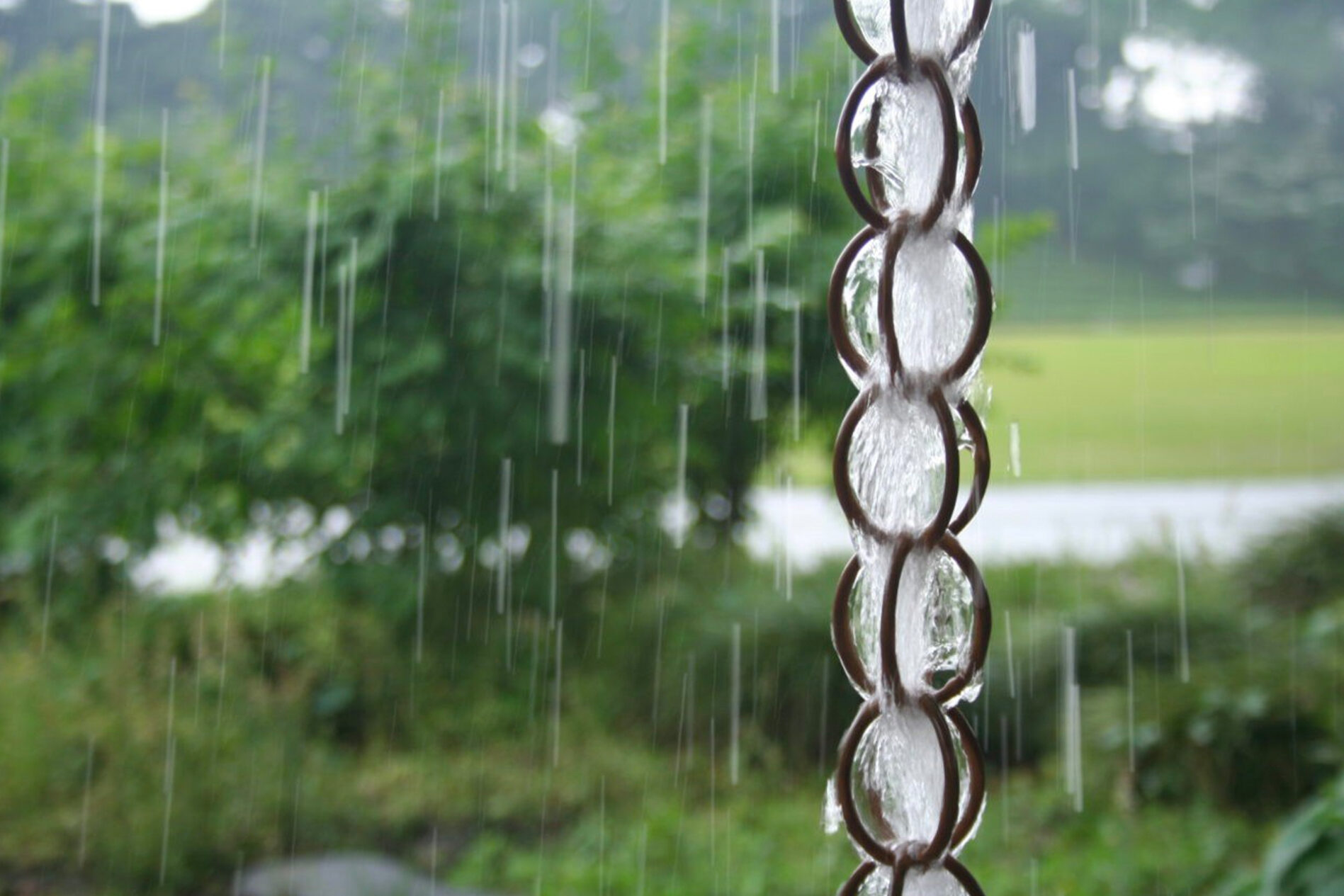

Ideas and Tips
Rain Chain Installation Guide for Beautiful Water Diversion
Published: September 1, 2024
Learn how to install rain chains for a beautiful and functional water diversion. Enhance your home's exterior with our step-by-step guide.
(Many of the links in this article redirect to a specific reviewed product. Your purchase of these products through affiliate links helps to generate commission for Storables.com, at no extra cost. Learn more)
Rain chains are an attractive and functional alternative to traditional downspouts, adding a layer of aesthetically pleasing functionality to your home's exterior. These decorative chains not only divert rainwater from your gutters but also create a soothing sound as the water flows down, making them a delightful addition to any landscape. In this guide, we will walk you through the process of installing a rain chain, highlighting the various designs, materials, and considerations to ensure a successful installation.
What is a Rain Chain?
A rain chain is a set of linked elements that provide a guided path for rainwater and gutter runoff. Unlike traditional downspouts, which can be dull and unattractive, rain chains come in various designs and materials, each offering its own unique aesthetic appeal. They are often used in Japanese gardens to add a touch of zen and visual interest, but they can also be incorporated into any landscape design to celebrate the flow of water rather than hiding it in a downspout.
Read more: How To Install A Rain Chain Gutter Adapter
Types of Rain Chains
Rain chains come in several designs and materials, each with its own merits:
-
Link Style Rain Chains
- These chains feature interlocking metal links that form a flexible chain. They come in various materials, including copper, aluminum, and galvanized steel. The link style is versatile and can be customized to match your home's trim and accents.
- Pros: Durable, easy to install, and available in various materials.
- Cons: May require more maintenance than other types.
-
Cup Style Rain Chains
- These models feature attractive decorative cups that collect and redirect water. The water flows down the chain from one cup to the next. The most common materials are copper, zinc, and powder-coated metals.
- Pros: Aesthetically pleasing, effective in heavy rain, and less prone to splashing.
- Cons: May be more expensive than link style chains.
-
Wood and Bamboo Rain Chains
- These chains are more sustainable than alternatives but require more maintenance to keep them in good shape.
- Pros: Eco-friendly, unique aesthetic.
- Cons: Higher maintenance requirements.
-
Hybrid Rain Chains
- These chains feature a mix of metal links and decorative wood, bamboo, or metal cups to create a dynamic and visually interesting feature.
- Pros: Combines the durability of metal with the aesthetic appeal of wood or bamboo.
- Cons: May be more expensive than single-material chains.
Comparing Rain Chains and Downspouts
While rain chains offer an attractive alternative to traditional downspouts, they are not always the winner in this debate. Here are some key differences:
Performance
- Rain Chains: Rain chains are generally quieter and require less maintenance than downspouts. They do not collect leaves or other debris, which can clog downspouts. However, they may not perform as well during heavy rains or aggressive storms.
- Downspouts: Downspouts generally perform better than rain chains during heavy rainfall and storms. The contained nature of the downspout prevents excessive splashing and keeps water on a steady trek to the ground. However, fast-flowing water pouring from downspouts can quickly erode soil in its path.
Aesthetics
- Rain Chains: Rain chains add a layer of aesthetic appeal to your home's exterior. They come in intricate designs and create a soothing sound as the water flows down the chain during a rainstorm.
- Downspouts: Downspouts are functional but often lack the visual appeal of rain chains. They can be hidden behind decorative covers or planters to blend in with the home's design.
Maintenance
- Rain Chains: Rain chains are relatively easy to maintain. They do not collect debris and are less prone to clogging. However, they may need to be removed in the winter to prevent ice buildup and heavy weight on the chain.
- Downspouts: Downspouts require more maintenance than rain chains. They can collect leaves and debris, which can clog them. They also need to be cleaned regularly to ensure proper function.
Installing a Rain Chain
Installing a rain chain is a straightforward process that can be completed in a few steps. Here’s a step-by-step guide:
Step 1: Prepare Your Gutter System
Before installing the rain chain, ensure that your gutter system is clean and free of debris. This will ensure that the water flows smoothly through the chain.
Step 2: Remove the Old Downspout
If you are replacing an old downspout with a rain chain, start by removing the old downspout. Typically, this involves removing 1/4" nuts that hold the downspout in place. The downspout is usually lightweight and easy to carry away.
Step 3: Choose the Right Rain Chain
Select a rain chain that matches your home's aesthetic. Consider the material, design, and length of the chain. Make sure it is long enough to reach from the gutter to the ground or a designated drainage area.
Step 4: Install the Rain Chain
- Pass the Chain Through the Gutter: Pass the rain chain up through the hole in the gutter. The V hook (usually included) should be bent to fit through or dropped in from above.
- Secure the Chain: The weight of the chain holds the hook against the bottom of the gutter. If necessary, use a zip tie or metal tie to secure it.
- Adjust Length: If your rain chain is too long, remove a few links or sections to ensure it fits perfectly.
Step 5: Add Drainage (Optional)
If you don’t have a drain below, you can use a small saucer or bucket to help contain and then slowly disperse the water away. Many people run the chain into a bucket filled with small stones or pebbles. The water then flows into the bucket, slowly flows out over the rocks, and drains off to the side. This can create another attractive water feature in your landscape.
Step 6: Enjoy Your New Rain Chain
Once installed, enjoy the beautiful sound and visual effect of your new rain chain. Make sure to check it regularly to ensure it remains in good condition and doesn’t clog with debris.
Read more: How Do Rain Chains Work Without Gutters
Rain Chain Installation Tips
Here are some additional tips to ensure a successful installation:
- Placement: Place your rain chain at the end of your gutter system where it can effectively divert water away from your home.
- Drainage Planning: Ensure that the water flows smoothly down the chain and into a designated drainage area. Proper drainage planning is crucial to maximize the performance and benefits of your rain chain.
- Material Selection: Choose a material that matches or pairs well with existing trim and accents on your home. Metal remains one of the most popular options due to its durability, but other materials like wood and bamboo offer unique aesthetics.
- Maintenance: Regularly check your rain chain for any signs of damage or clogging. Remove it in winter to prevent ice buildup and heavy weight on the chain.
Rain Chains in Heavy Rain and Winter
While rain chains can do a decent job in heavy rain, they may reach their capacity during torrential downpours. This can result in splashing and overflow. Cup-style models often perform better than link models in heavy rain due to their design that collects and redirects water more effectively.
In the winter, it’s essential to remove rain chains to prevent ice buildup and heavy weight on the chain. When melted snow and ice trickle off your roof and onto the chain, it can freeze there, adding stress to the upper anchor point.
Rain Chain Alternatives
While attractive, rain chains might not work for every homeowner. If that’s true for you, consider these alternatives:
- Downspout Extenders: These extenders can be attached to your existing downspouts to create a more visually appealing feature.
- Downspout Planters: These planters can be attached to downspouts to add a decorative element while also providing a place for plants to grow.
- Sculptural Downspouts: These downspouts are designed to blend in with your home’s accents and trim, offering both functionality and visual appeal.
Pros and Cons of Rain Chains
While rain chains offer several benefits, there are also some downsides to consider:
Pros:
- Aesthetic Appeal: Rain chains add a unique and visually appealing element to your home’s exterior.
- Low Maintenance: They do not collect debris and are less prone to clogging.
- Soothing Sound: The sound of running water is soothing and can be a pleasant addition to your landscape.
- Environmental Benefits: Rain chains help slow down water flow, reducing erosion and promoting water conservation.
Cons:
- Performance in Heavy Rain: They may not perform as well during heavy rainfall or aggressive storms.
- Winter Maintenance: They need to be removed in winter to prevent ice buildup and heavy weight on the chain.
- Higher Cost: Some types of rain chains, especially cup-style models, can be more expensive than link style chains.
Are Rain Chains Right for You?
Rain chains are an excellent option for homeowners in mild climates with infrequent heavy rainfall. While they can still function in areas prone to heavy downpours, their effectiveness may be limited. Placement and drainage planning are crucial to success with your new rain chain. These factors will help ensure that roof water runoff flows down the chain, maximizing its performance and benefits.
Conclusion
Rain chains offer an attractive and functional alternative to traditional downspouts. With their various designs and materials, they can enhance both the aesthetic appeal and functionality of your home’s exterior. By following these steps and tips, you can successfully install a rain chain that not only diverts water effectively but also adds a soothing element to your landscape. Whether you choose a link style, cup style, wood and bamboo, or hybrid chain, ensure that it matches or pairs well with your home’s trim and accents for a cohesive look. With proper installation and maintenance, a rain chain can become a delightful addition to any home.
By incorporating a rain chain into your home’s gutter system, you are not only improving its functionality but also enhancing its beauty. Whether you are looking to create a soothing sound or add a unique decorative element, rain chains are an excellent choice for any homeowner seeking to celebrate the flow of water rather than hiding it in a downspout.
Was this page helpful?
At Storables.com, we guarantee accurate and reliable information. Our content, validated by Expert Board Contributors, is crafted following stringent Editorial Policies. We're committed to providing you with well-researched, expert-backed insights for all your informational needs.
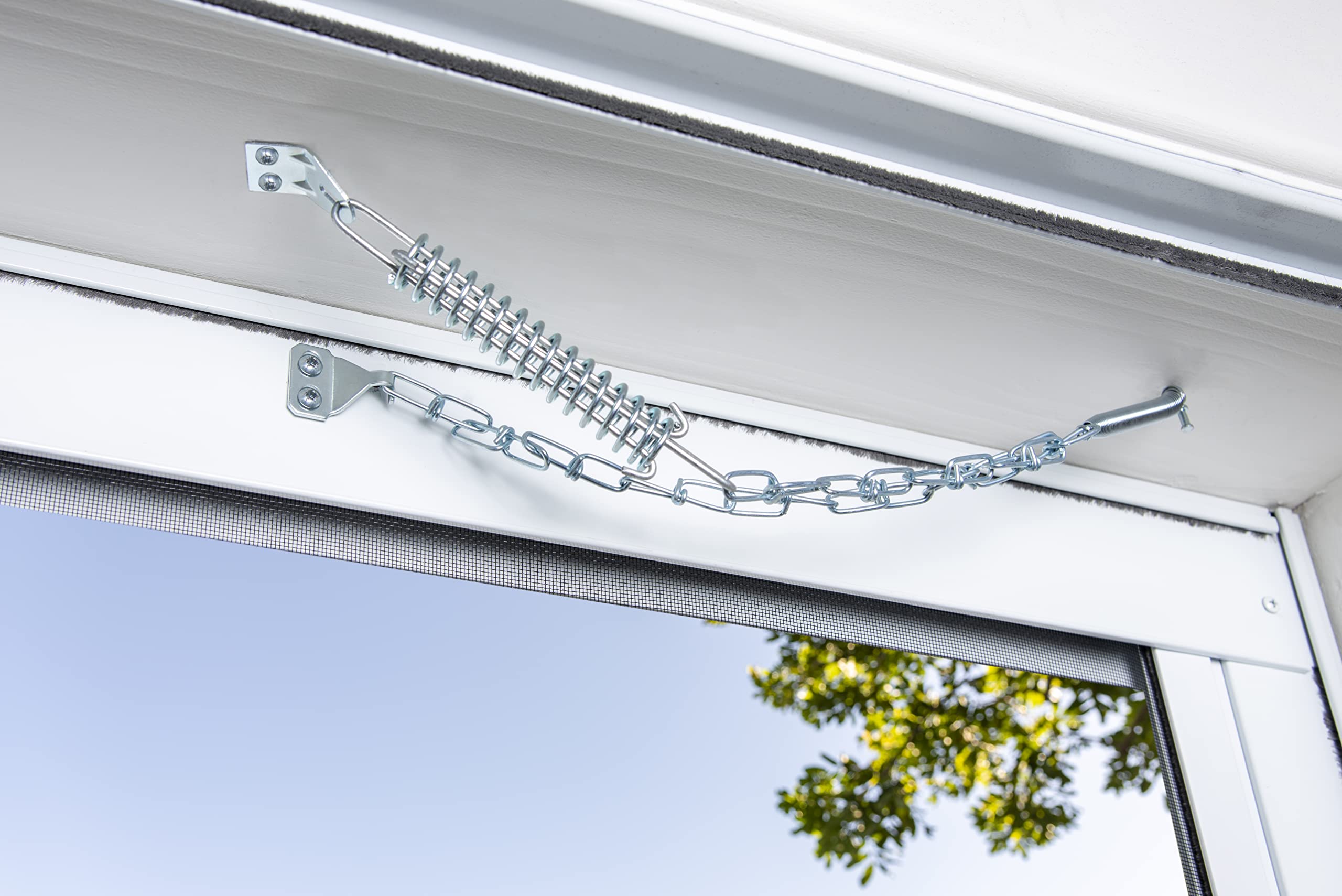
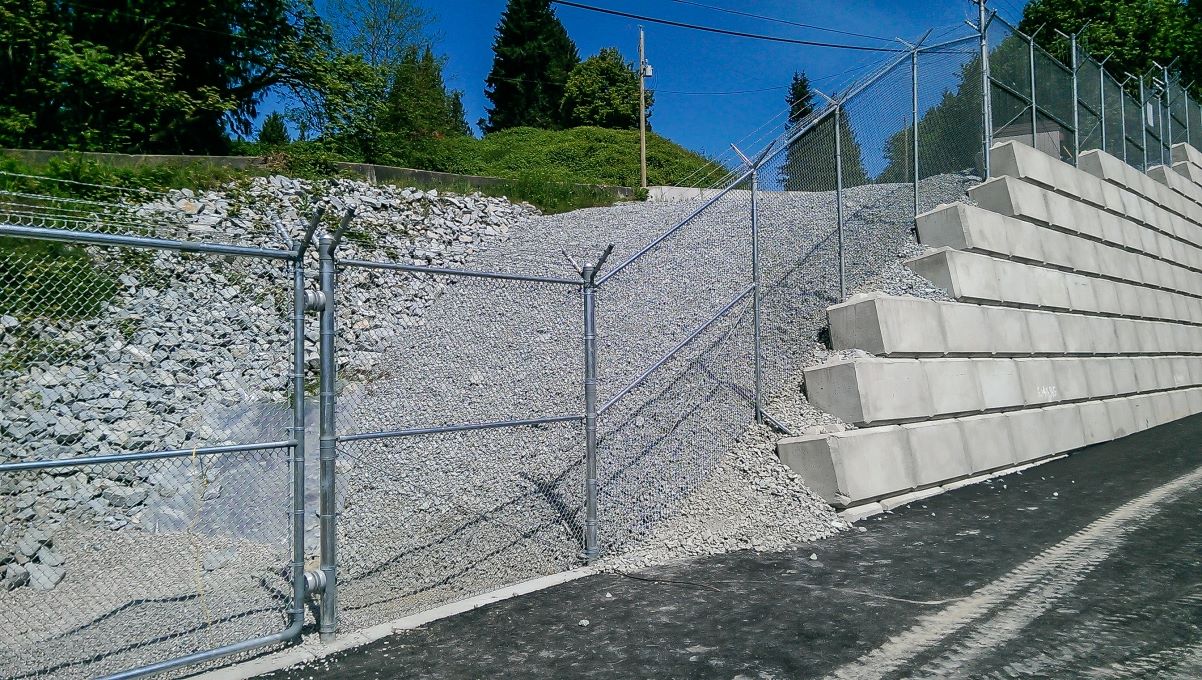
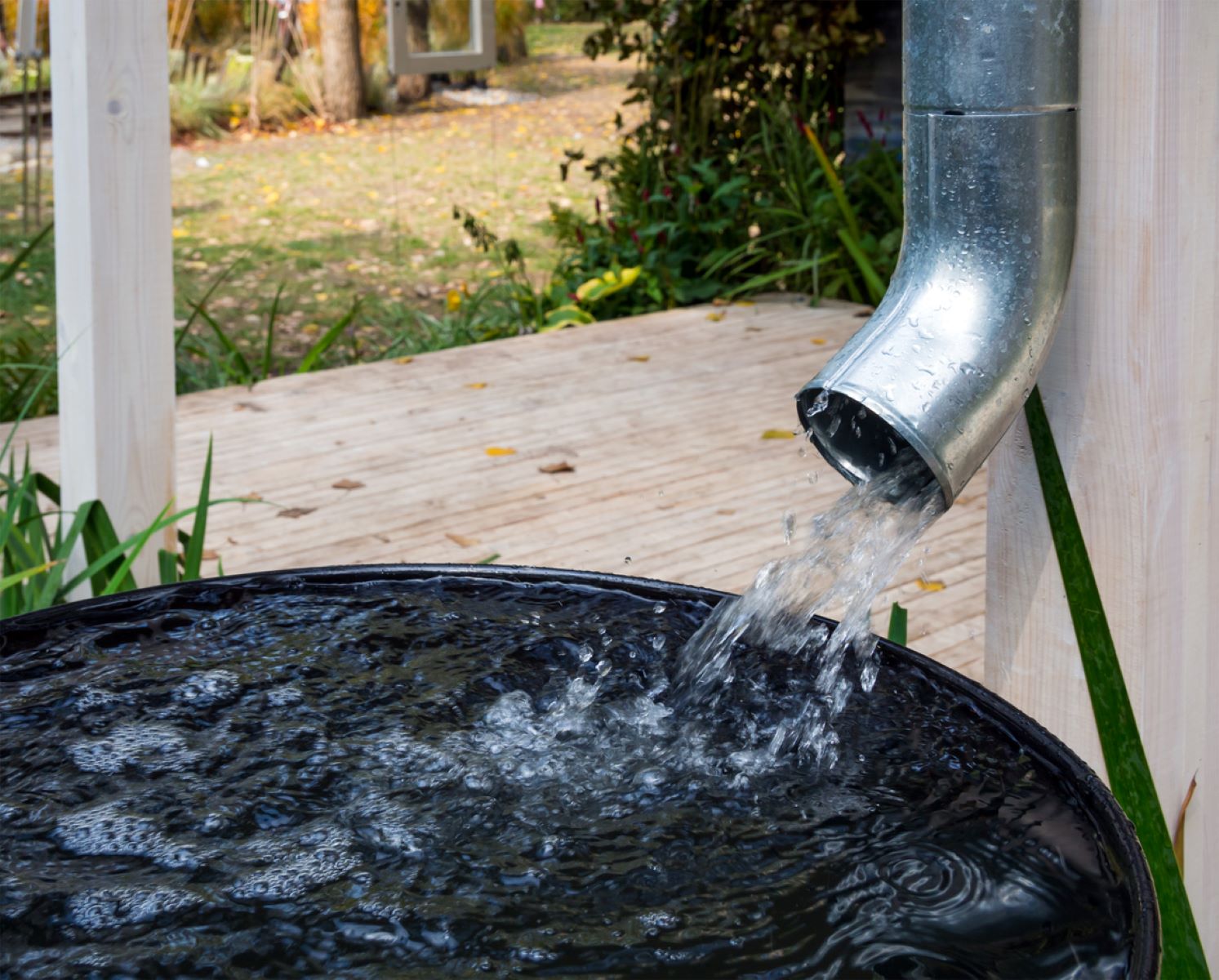
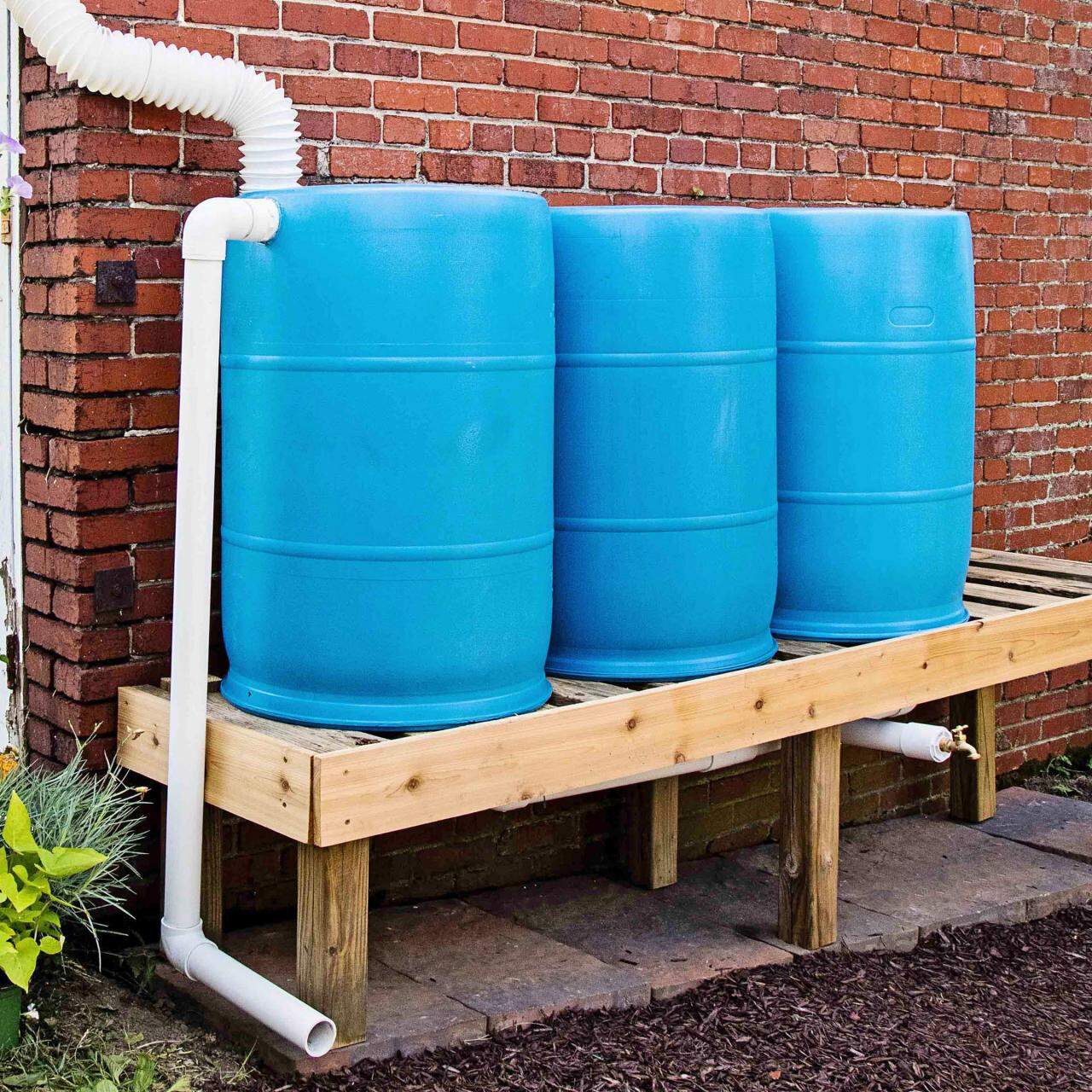
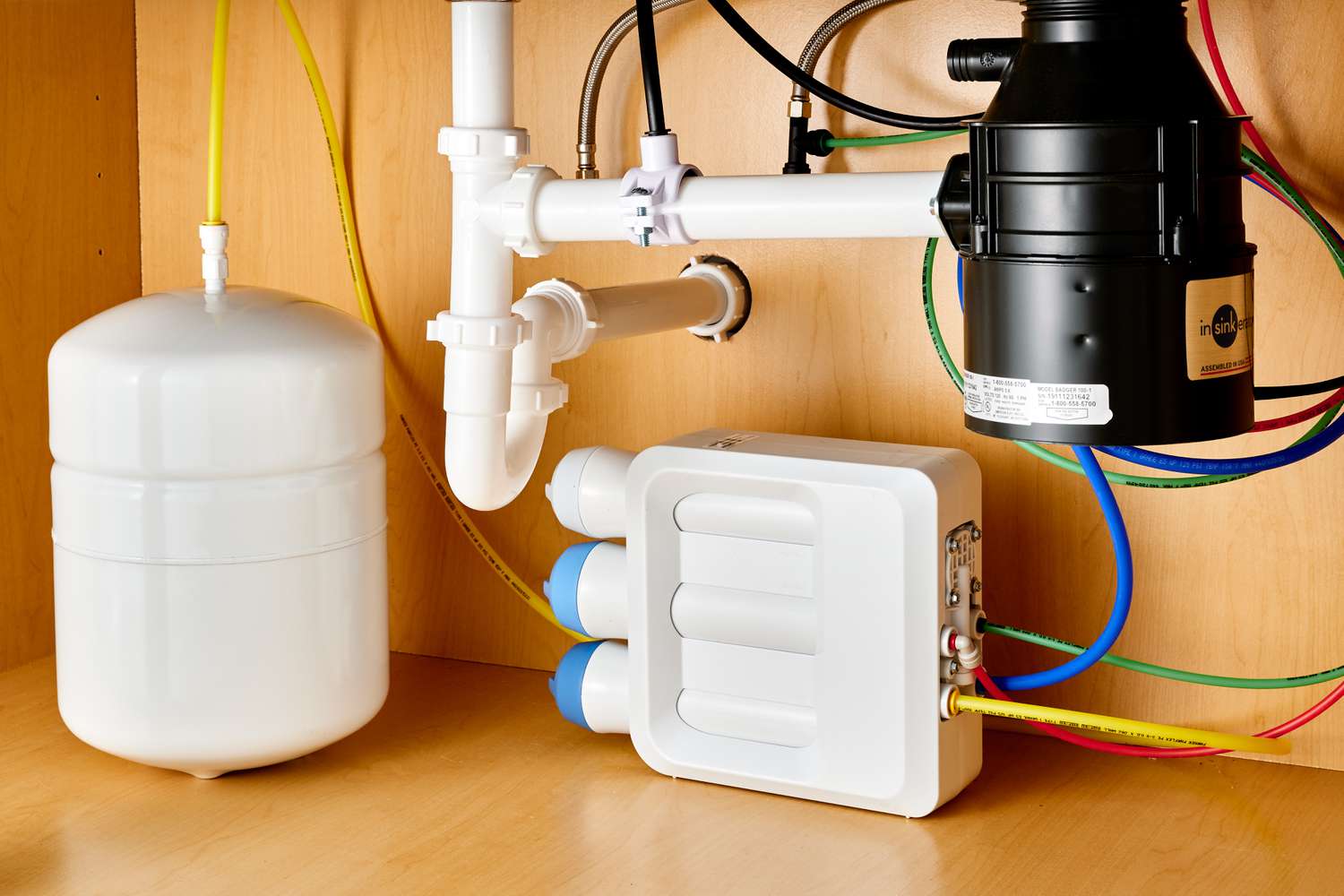
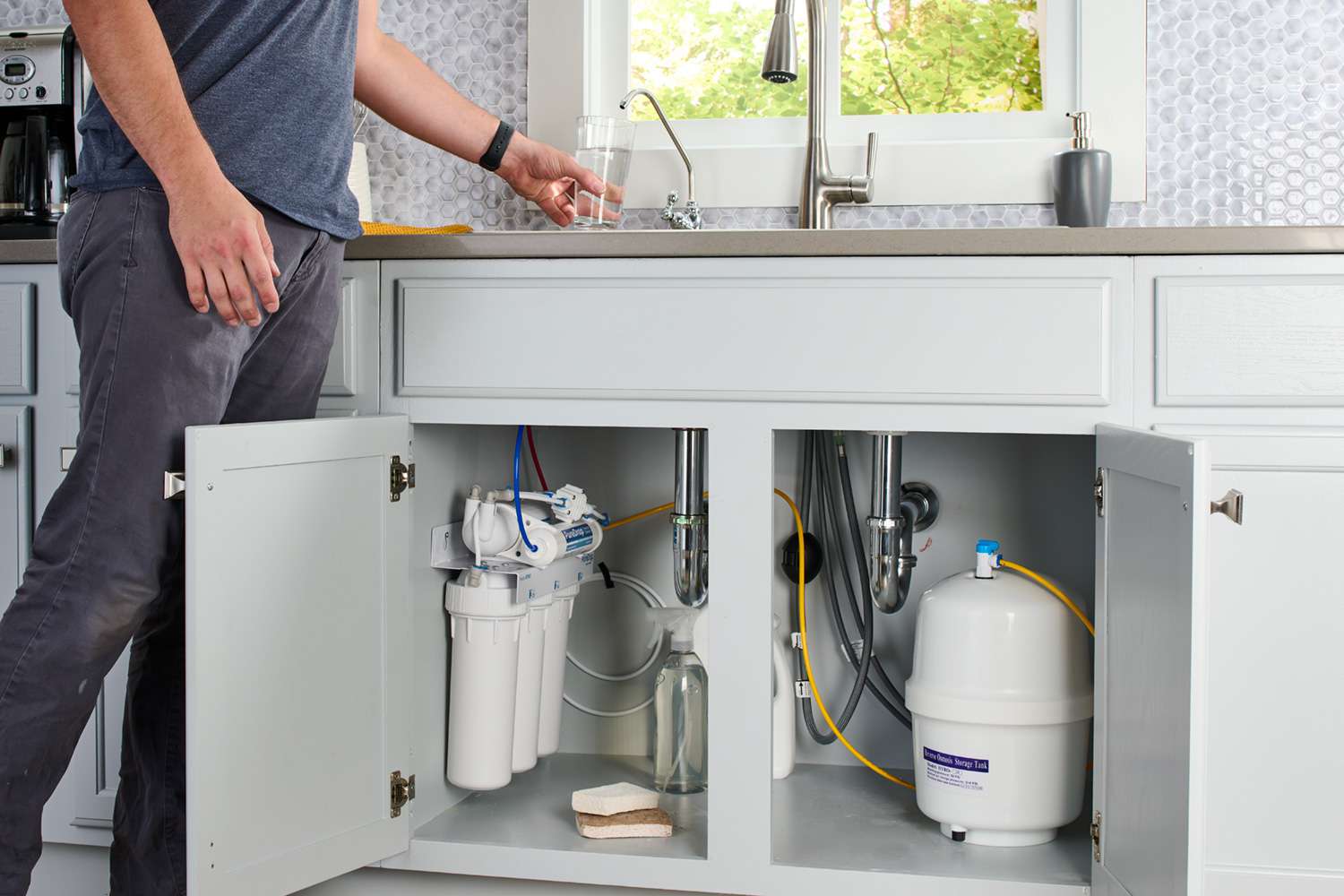
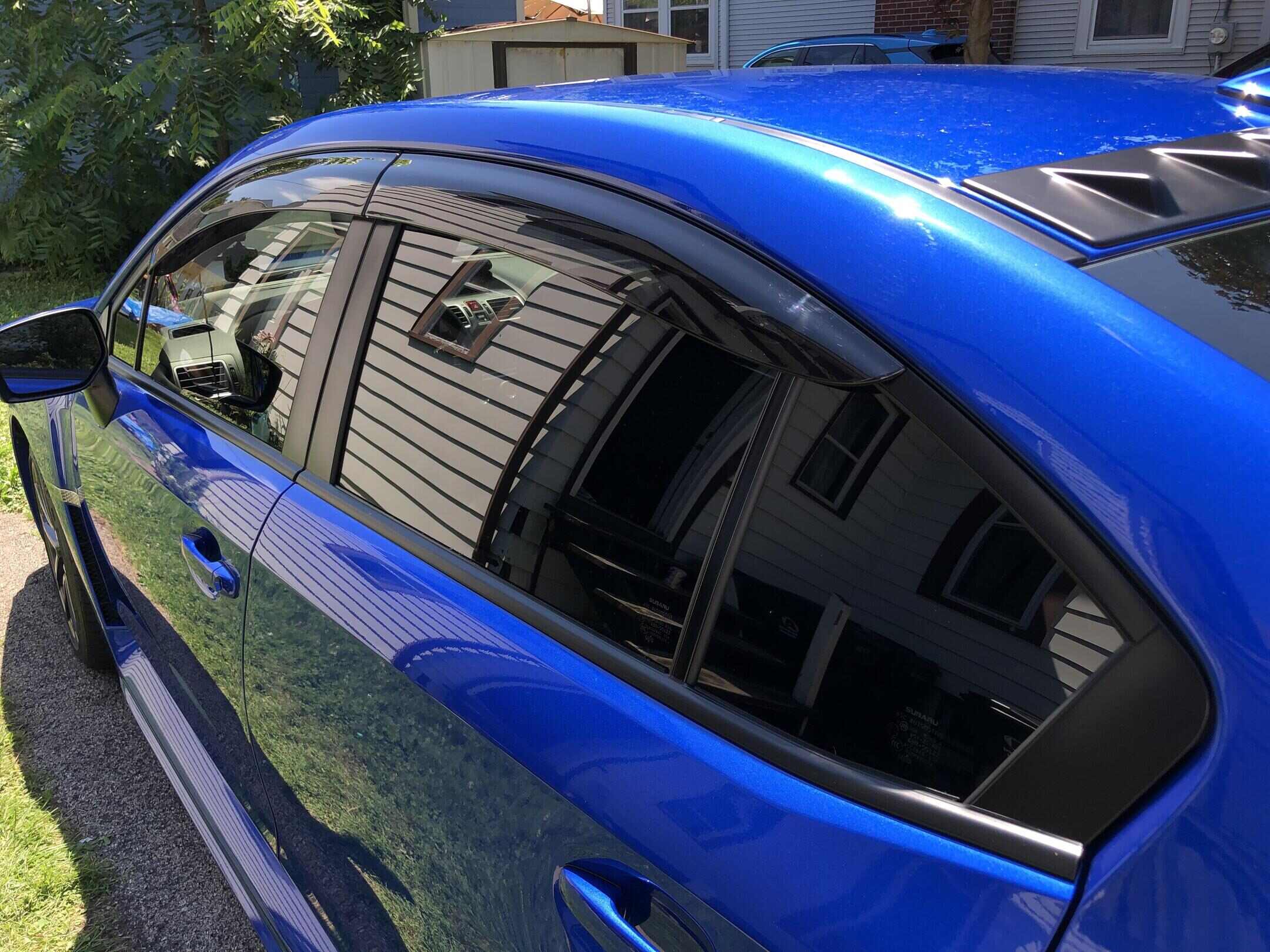
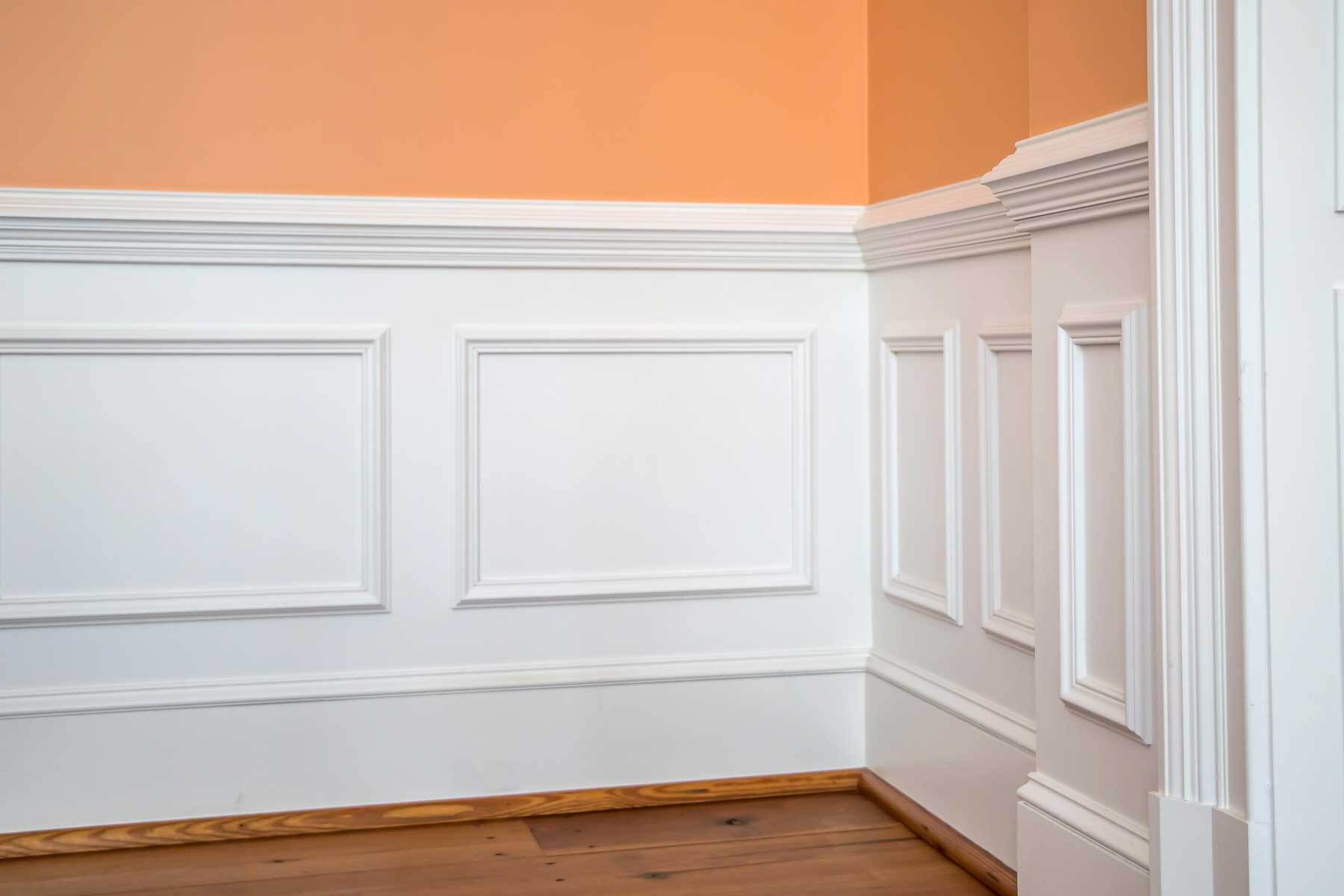
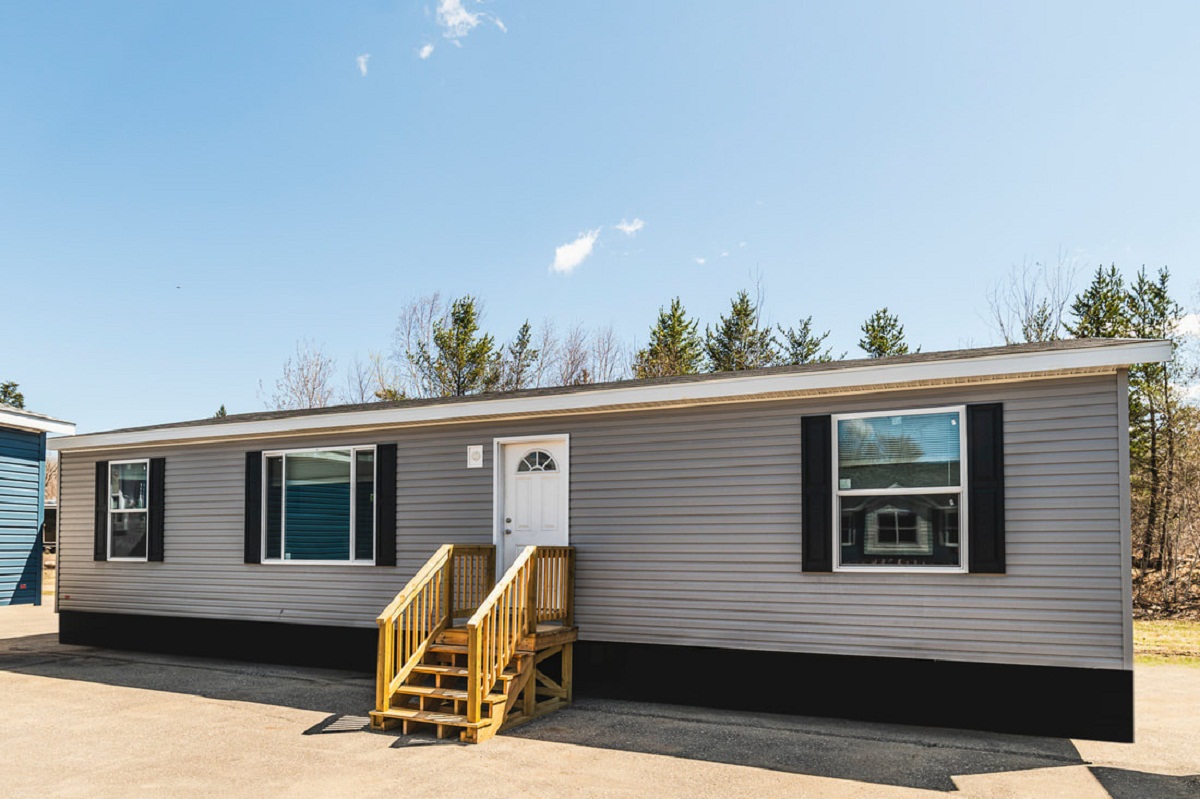
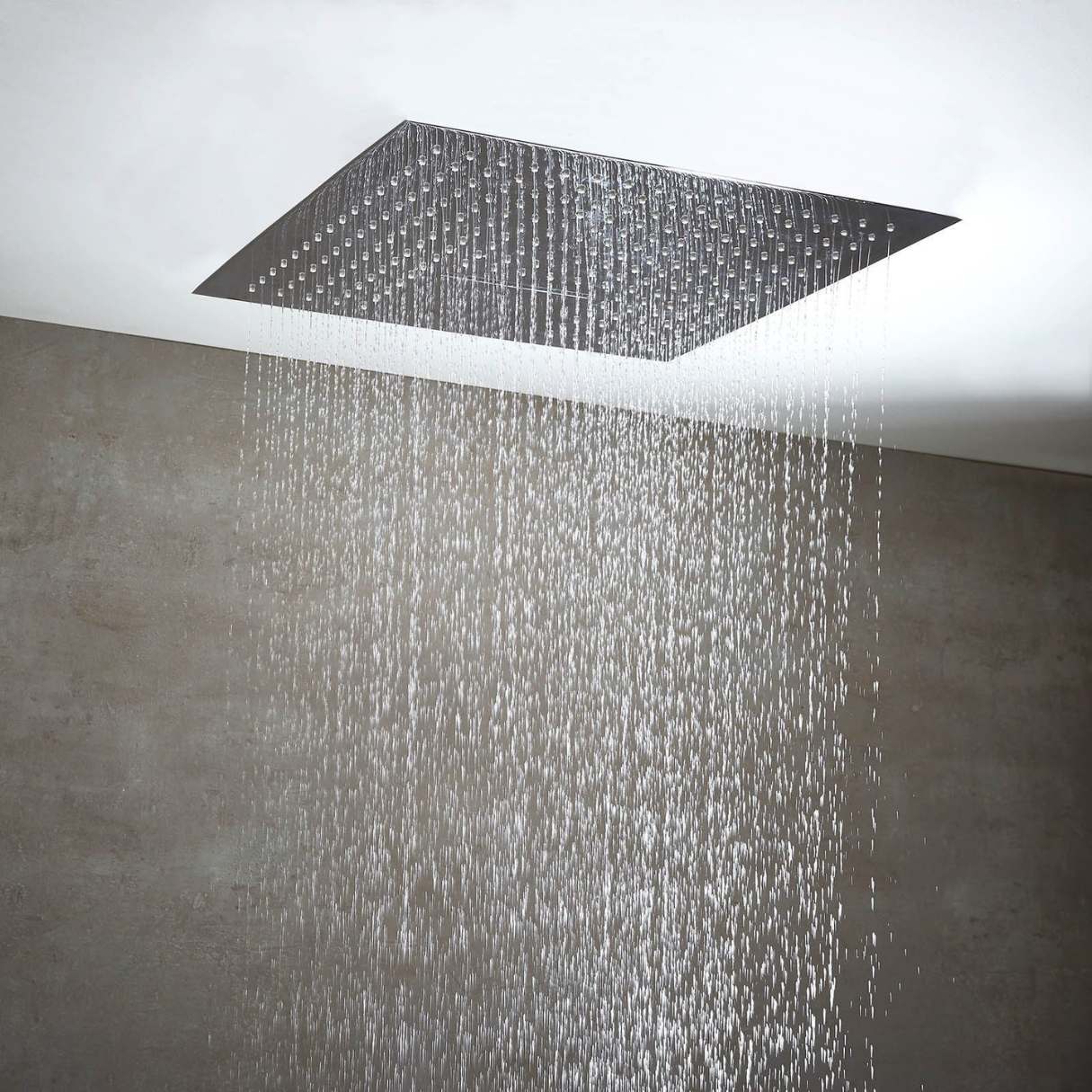
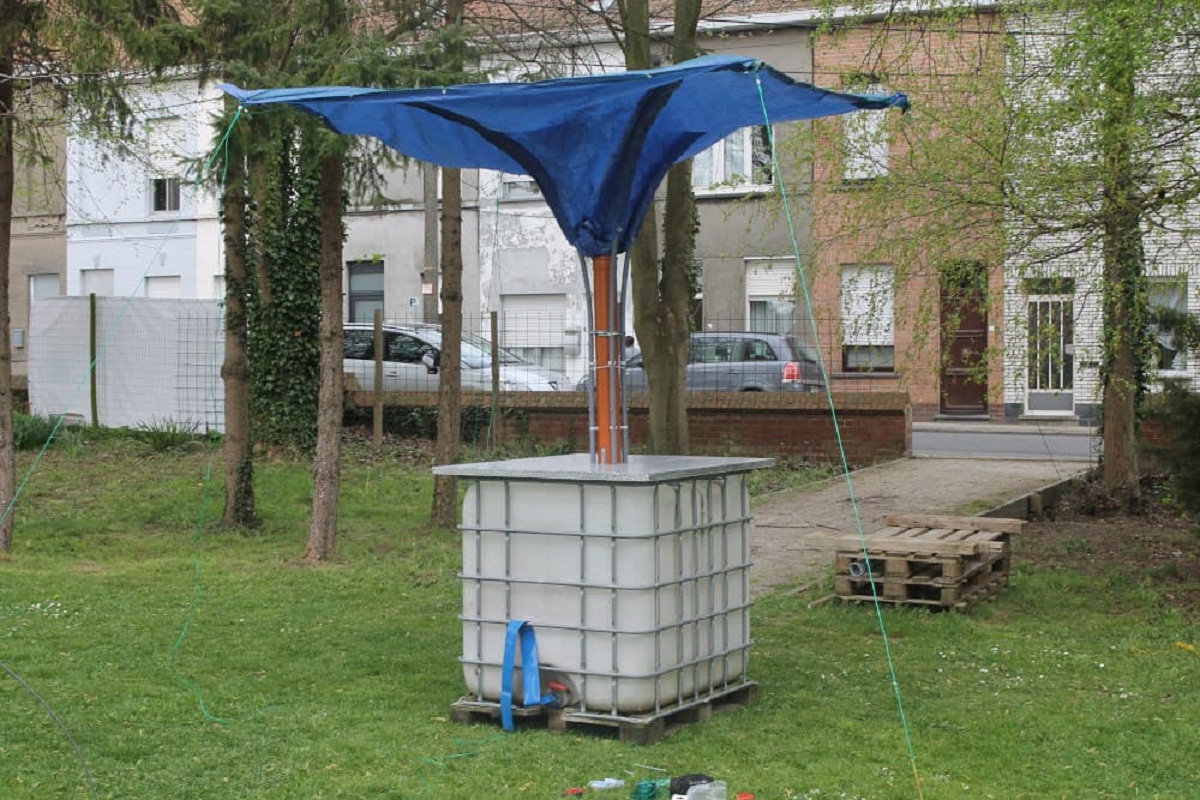

0 thoughts on “Rain Chain Installation Guide for Beautiful Water Diversion”